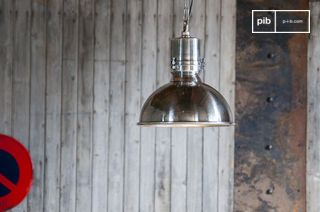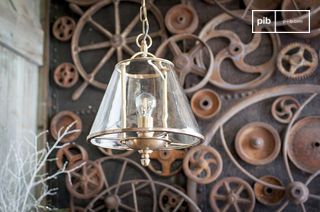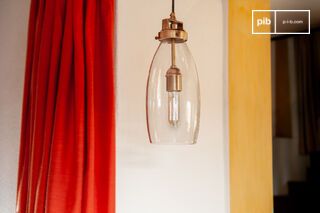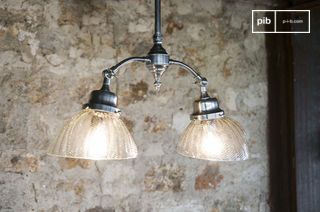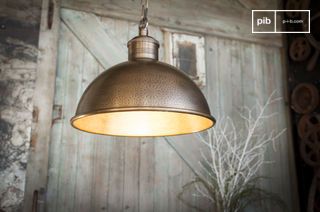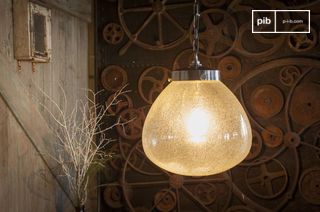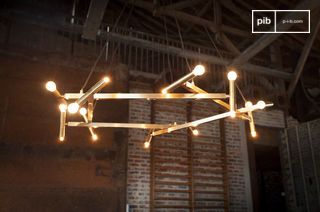Art Deco pendant lights
Art Deco pendants play on symmetry, contrasts and graphic materials to structure space. Opaline glass, brass, geometric shapes: each room stands out for its rigorous construction. In a hallway, above a table or in an enfilade in a living room, these fixtures define a controlled visual ambience. The art deco suspension category includes functional, aesthetically thought-out models capable of articulating volumes while providing effective lighting. read more >
Filters
10 festive days
10% off our tables and consoles
Welcome your guests in style · Limited stock

Art deco pendant lights: architectural lighting
Art deco pendant lights embody the fundamental principles of the eponymous movement: geometry, balance, contrast. They are distinguished by clear lines, rigid materials and formal work visible in every detail. Glass, often frosted or opaline, diffuses a soft light without dazzling. Frames in brass, black metal or chrome emphasize edges and create a graphic play with light. This formal rigor enables art deco pendants to fit into a wide variety of spaces, whether classic or contemporary.
In contrast to more free-flowing decorative pendants, here each element has a function: the stem provides verticality, the shade or central structure defines the light distribution, and the finishes reinforce the visual impact. Together, they create a fixed point in the room, capable of structuring an overall composition or highlighting a specific space.
Various uses depending on the room and context
In the kitchen, art deco pendant lights are often used in series above a worktop or central island. Their directed light and geometric alignment contribute to the functional legibility of the space. In a dining room, a central model suspended above the table frames the dining area while providing a clean, yet non-aggressive, light. In an entrance hall, a small art deco pendant is enough to set a clear mood, with a contained visual imprint.
The choice of format and material depends on several criteria: ceiling height, room size, number of light sources already present. Closed diffuser models favor downward-directed lighting, ideal for activity areas. Others offer a more enveloping diffusion thanks to translucent glass. Some designs combine the two, providing double downlighting and side lighting without glare.
Materials and finishes: sobriety and contrast
The materials used in this category are chosen for their visual stability and resistance: painted or brushed metal, patinated brass, structured glass. Black and gold, black and brass contrasts, or white glass structures on nickel-plated backing are frequently found. The aim is not one-upmanship but clear composition. Each color or texture emphasizes a form or function. Cables are often concealed or integrated into the suspension rod to reinforce the visual clarity of the whole.
The models can be simple or more sophisticated, but they all retain a sense of proportion. Too large a diameter would unbalance a modest space. Conversely, a model too discreet would fail to play its role as a visual landmark. That's why art deco pendant lighting favors medium to large formats, suited to residential volumes.
Structuring lighting without visual overload
Choosing an art deco pendant means integrating a fixture that doesn't seek to dominate space, but to give it direction. In a larger composition with sconces, floor lamps or table lamps it becomes the point of articulation of the overall lighting plan. The effect produced is clean, organized, without decorative overload.
The category combines formal legibility, luminous efficiency and coherence with clean-lined interiors. It is particularly suited to projects that aim to structure space without fashion, relying on tried-and-tested visual cues.
